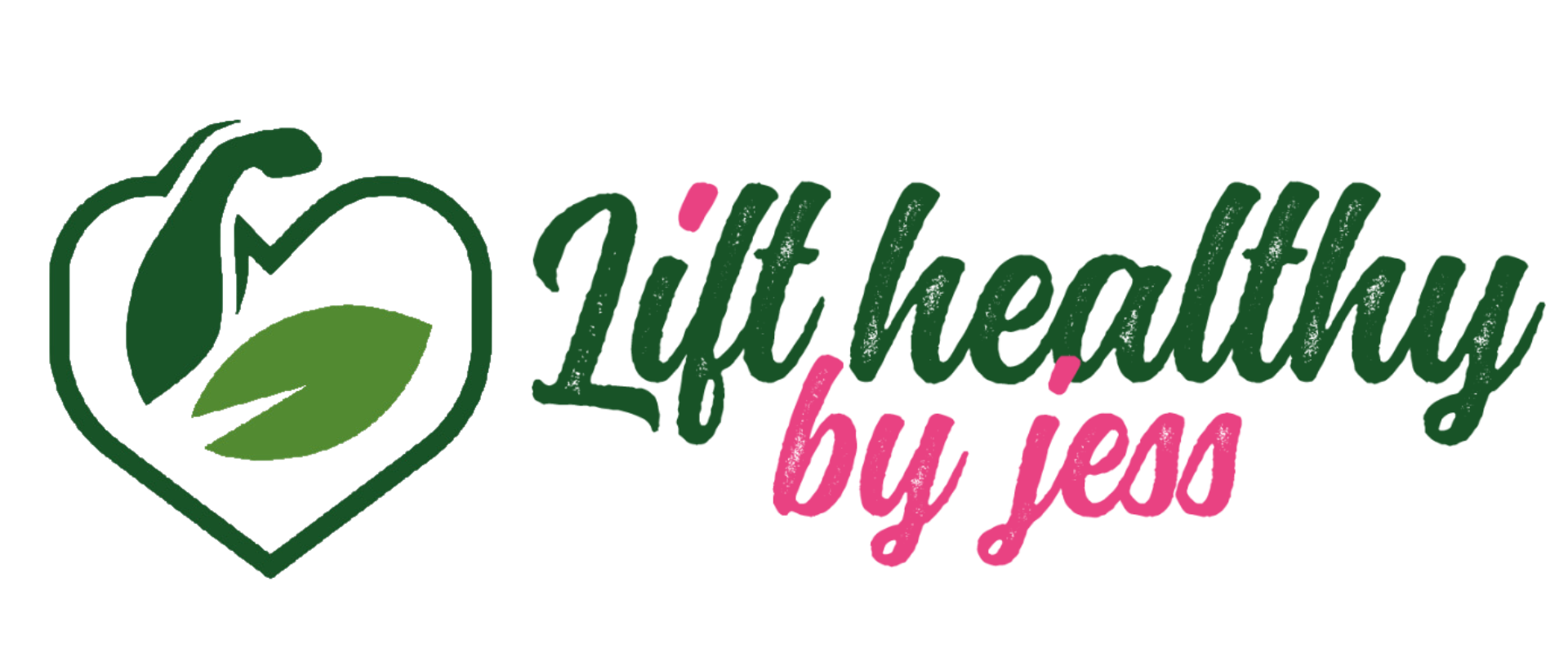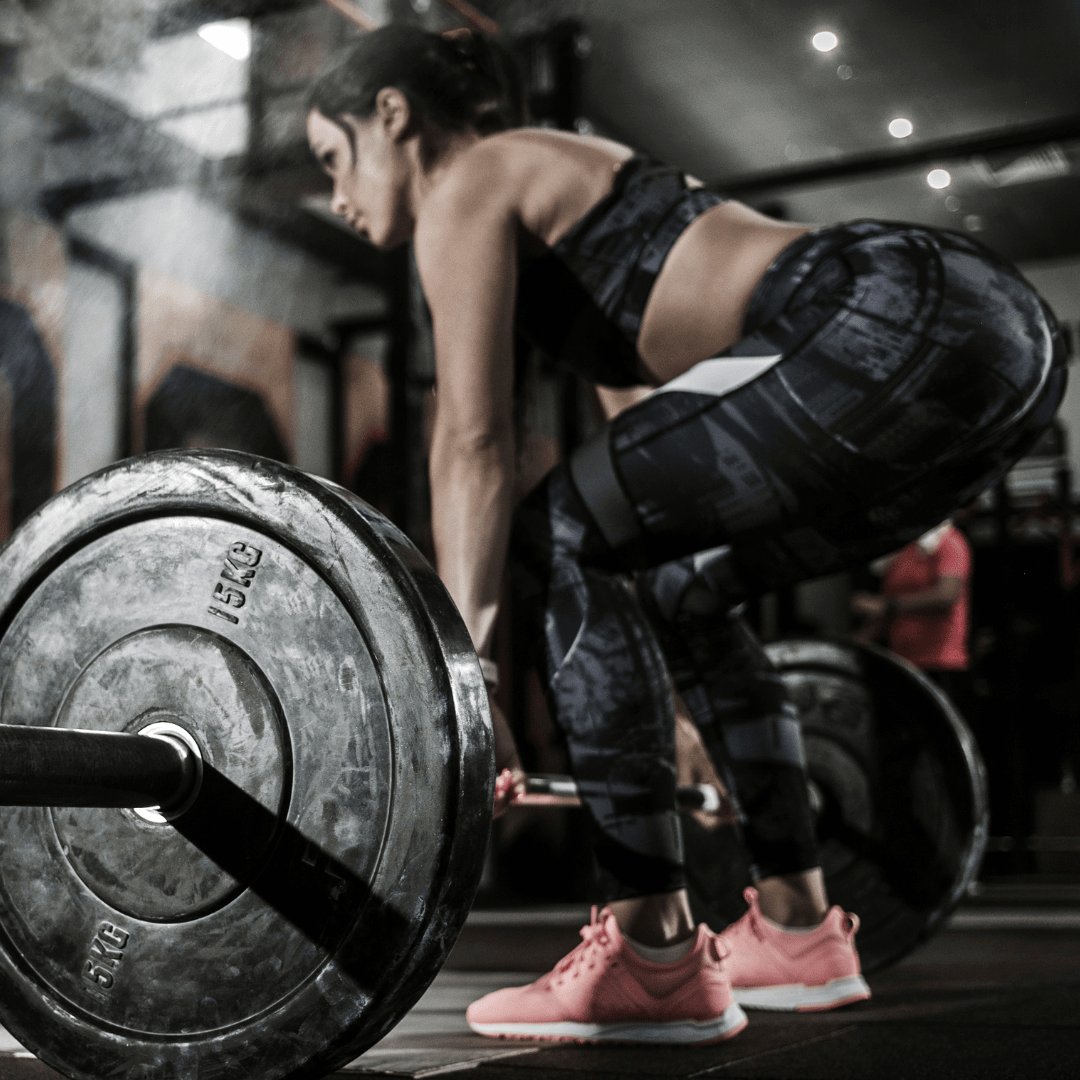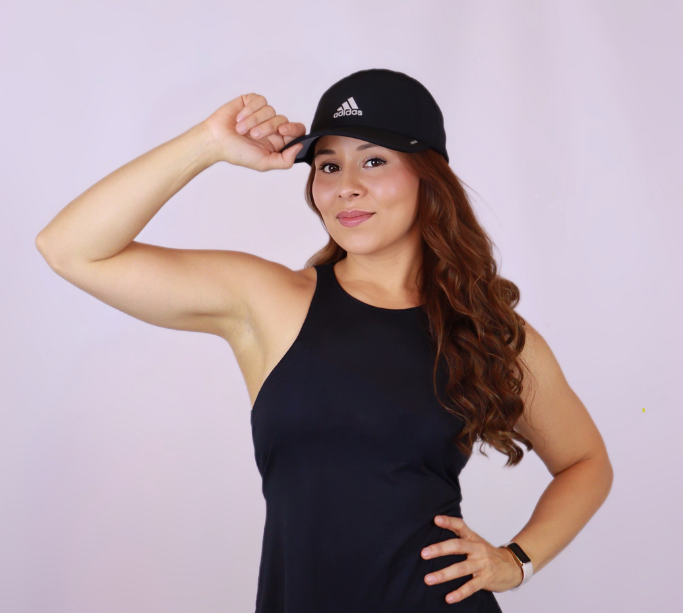
9 Facts You Must Know In Order To Build Your Glutes
Do you want to know the best way to build your glutes? In this article, we will discuss everything you need to know about building your glutes, from exercise to nutrition and more.
Nowadays, there’s a big emphasis on glutes. People even write songs about it (I find this sad but funny). On social media, you will often come across influencers who claim to have the best tips to help build your glutes. Sadly, much of the information they provide is misinformation, and too often, anything posted is for entertainment.
Building your glutes is more than aesthetics; it’s essential for overall health and functional fitness. Strong glutes are crucial in maintaining proper posture and preventing lower back pain by providing stability to the pelvis and spine.
These muscles are essential for efficient movement, whether you’re lifting heavy objects, running, or simply climbing stairs. So, while achieving a shapely rear is a fantastic perk, the functional benefits of strong glutes are equally significant for your everyday life and physical well-being.
My goal with this article is to help you learn how to build your glutes effectively. There is no fluff, just real information and guidance. If you want to build your glutes, continue reading. I promise you will find this helpful.
1. What Are the Different Glute Muscles?
Before we dive into the nitty-gritty of how to build your glutes, let’s understand the anatomy of your glute muscles. There are three main muscles in your gluteal group:
- Gluteus Maximus: This is the largest and most powerful muscle in your buttocks. It’s responsible for hip extension, thigh abduction, and external rotation.
- Gluteus Medius: Located on the outer surface of your pelvis, this muscle is crucial for stabilizing your pelvis during walking and running. It also aids in hip abduction.
- Gluteus Minimus: This smaller muscle lies beneath the gluteus medius and assists in hip abduction and rotation.
Understanding these muscles is essential because it helps you tailor your workouts to target them effectively.
2. Glute Training: 4 Different Movement Patterns
The four movement patterns that should be included in your workout program to help build your glutes are hip hinge, knee dominant, hip bridges/thrusts, and abductions. These movements target different aspects of your glute muscles and promote growth.
- Hip Hinge: The hip hinge movement pattern, which includes exercises like romanian deadlifts, back extensions, good mornings, and floating deadlifts, primarily targets the gluteus maximus. These exercises involve the bending of the hips while maintaining a relatively straight knee position and pushing your hips backward.
This significantly stretches the glutes, particularly the gluteus maximus, which is vital for hypertrophy or muscle growth. The hip hinge movement also engages the lower back and hamstrings, providing a well-rounded lower-body workout.
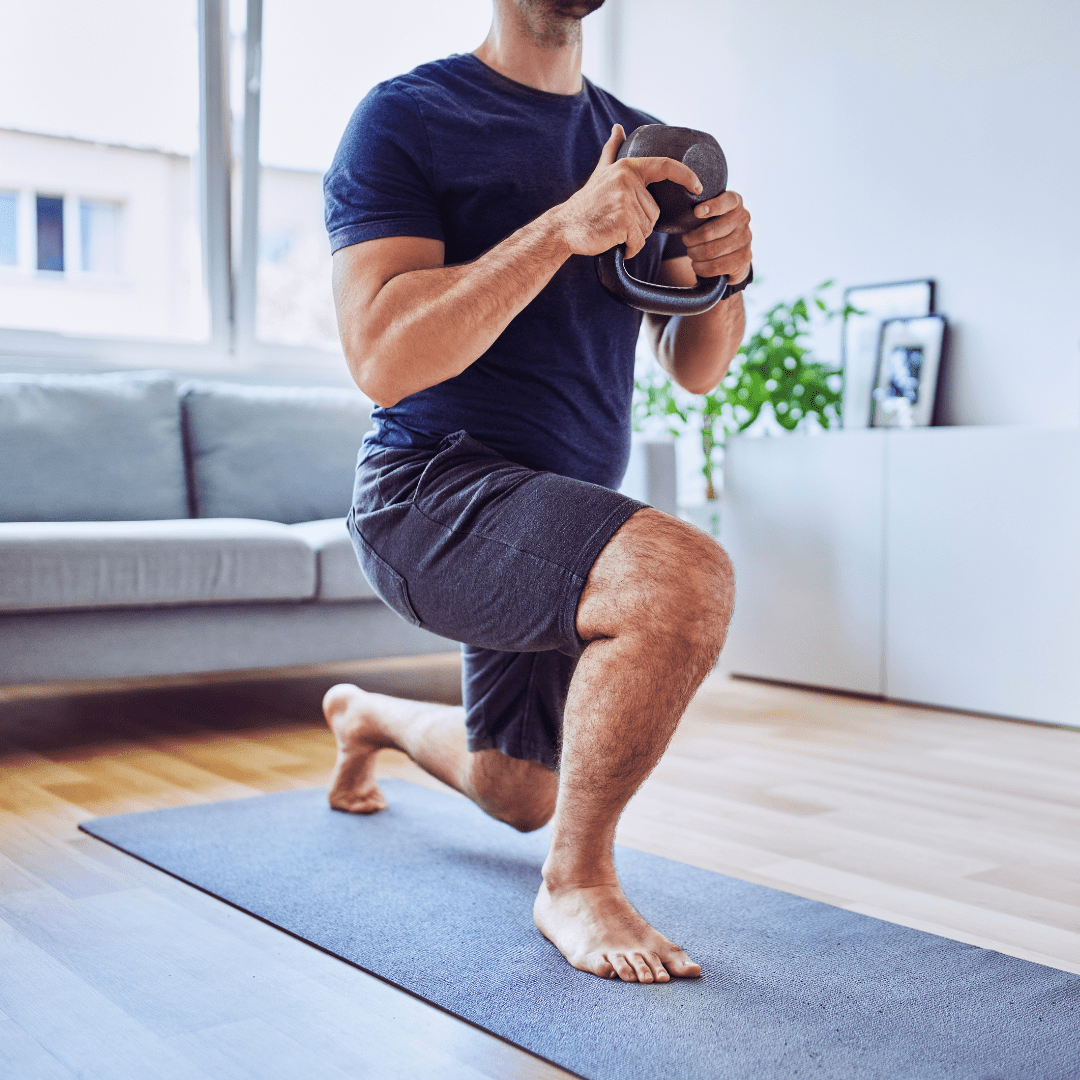
2. Knee Dominant Movements: Knee-dominant exercises such as lunges, squats in various forms, step-ups, and leg presses focus on the gluteus max, medius, and minimus. These movements require bending at the knee joint and often involve a deeper range of motion than hip hinge exercises. This targets the lateral and anterior aspects of the glutes, contributing to a more balanced and sculpted appearance. Knee-dominant exercises are excellent for developing the entire gluteal complex while enhancing leg strength.
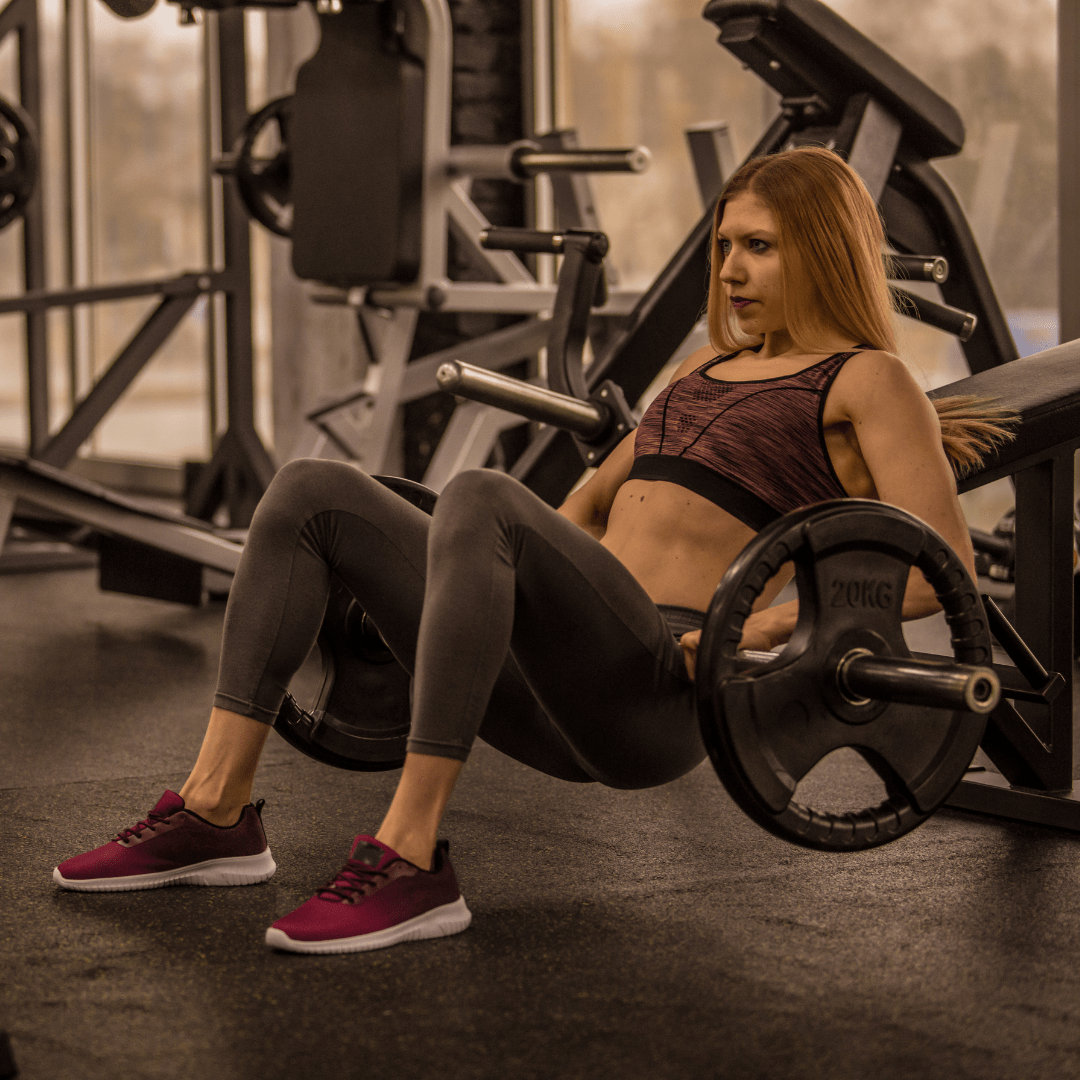
3. Hip Bridges/Thrusts: Hip bridges and thrusts are exceptional for isolating the gluteus maximus. These exercises involve extending the hips while keeping the knees bent. This concentrated contraction places significant tension on the glutes at the top of the movement, effectively promoting muscle activation and growth. Hip bridges and thrusts are particularly useful for building that round and lifted appearance in the gluteal region.
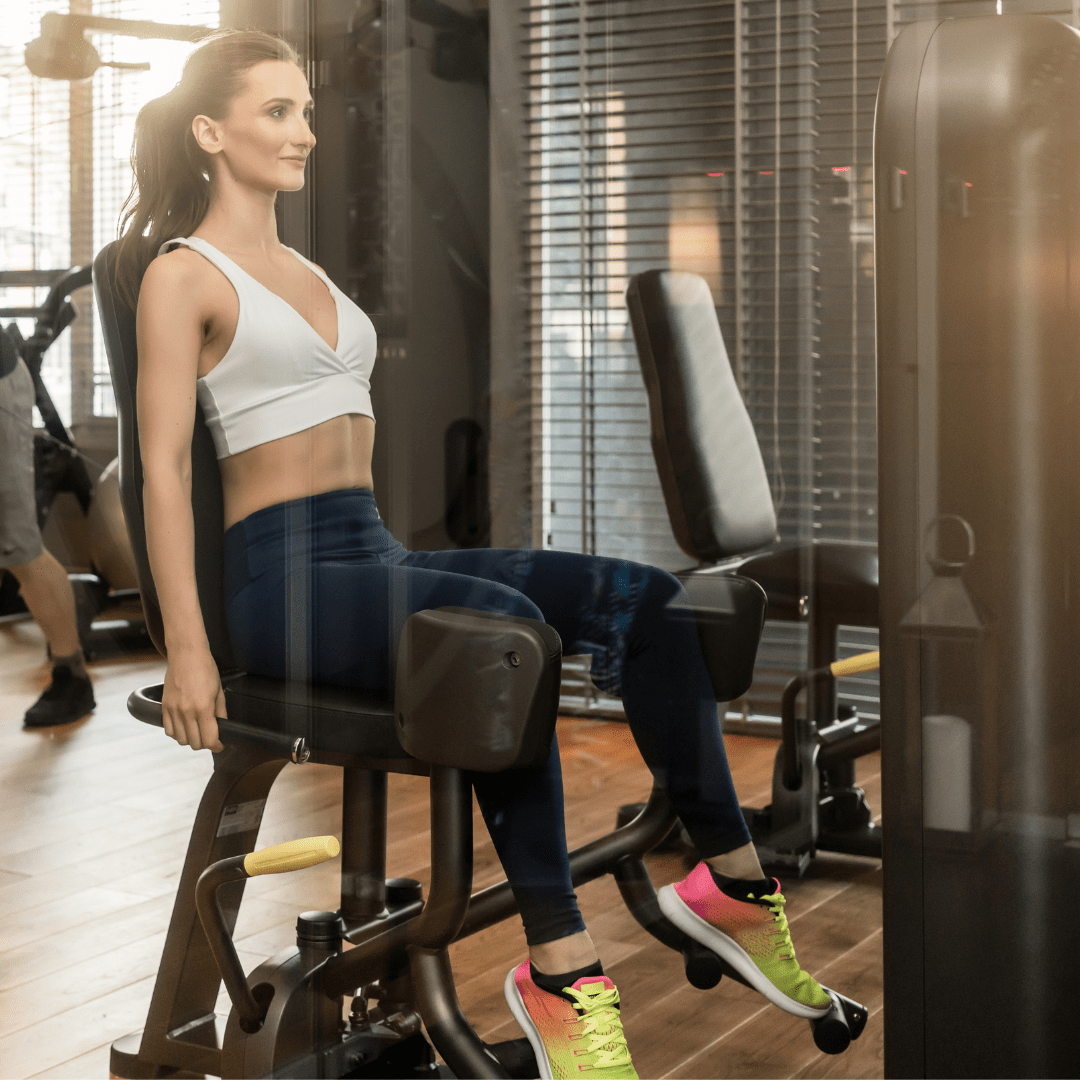
4. Abductions: Lastly, abductions, which include straight-leg cable abductions with a cable or band and seated machine abductions, target the gluteus medius and minimus. These muscles are responsible for hip abduction or moving the legs away from the body’s midline. Strong abductors are crucial for hip stability and balance. While abductions may not result in massive glute size gains, they play a vital role in shaping the sides of the glutes, creating a more defined and aesthetically pleasing look.
Incorporating these four movement patterns into your training routine will help you build your glutes. By targeting different areas of the glute muscles, you can achieve a well-rounded and balanced growth that enhances your appearance and supports functional strength, stability, and overall lower body performance.
3. How Does Our Nutrition Impact Our Glute Growth?
Your nutrition is crucial when it comes to achieving shapely glutes. You need an adequate protein intake, carbohydrates, and healthy fats to fuel muscle growth. Protein is essential as it provides the building blocks (amino acids) for muscle repair and growth.
Research strongly suggests that to optimize muscle-building potential, our daily protein intake should fall within the range of 0.7 to 1 gram of protein per pound of body weight (which translates to about 1.6 to 2.2 grams per kilogram). This recommended range ensures that your muscles receive an adequate supply of amino acids to facilitate recovery and adaptation after workouts.
Incorporate lean protein sources like chicken, turkey, fish, tofu, and legumes into your diet. Remember to load up on nutrient-dense carbohydrates for energy during your workouts.
While many of us ladies are concerned with losing body fat, the reality is that the best way to build your glutes is to be in a calorie surplus. This means consuming more calories than you burn. You can start by adding 200 to 400 extra calories on top of your daily maintenance calories. I suggest spending a minimum of 12 weeks in a surplus.
4. Lifting Heavy Is Important for Glute Development
Lifting heavy weights is essential if you want to build your glutes. Heavy lifting is essential for stimulating muscle growth. Here’s why:
- Progressive Overload: To build muscle, you must continually challenge your glutes with heavier weights. This forces them to adapt and grow.
- Hormonal Response: Lifting heavy weights increases the release of muscle-building hormones like testosterone and growth hormone.
- Compound Movements: Heavy lifting often involves compound exercises that engage multiple muscle groups, including your glutes.
Remember to prioritize proper form over weight, and gradually increase the resistance as you get stronger. How heavy should your weight be? This is going to vary from person to person. Your last set, the working set, should be heavy enough to where you can only complete about 5-6 reps.
5. How Often Should You Train Glutes?
When it comes to training your glutes for muscle hypertrophy, finding the right balance is key. Research and experience have shown that aiming for around 10-20 weekly sets per muscle group is often considered optimal for muscle growth. However, with glutes being such a powerful muscle group, training them at least twice a week is recommended to ensure you’re providing adequate stimulus for development.
On the flip side, overtraining can hinder progress and lead to burnout or injury, so staying within 2-3 sessions per week is essential. This approach allows your glutes to recover between workouts while still receiving the consistent training frequency needed for substantial hypertrophy. Remember, quality of workouts and adequate rest are just as crucial as quantity when it comes to sculpting those strong and shapely glutes.
6. Stick To Your Workout Plan
Keeping a regular workout routine is super important, especially when you’re trying to build those glutes. It gives your workout structure and helps you gradually increase the challenge over time, which is crucial for muscle growth. With a routine, you can track your progress and know how many reps or extra weight you should aim for in each workout. But if you keep changing your workouts or just following the latest TikTok trends, it can hinder your progress.
Without this steady progression, building those strong glutes can become much tougher because progressive overload is like the engine that drives muscle growth. So, consistency is your best buddy in getting those shapely glutes!
I recommend sticking to a workout routine for at least four to six weeks before switching to a different phase . If you don’t know where to start, I recommend starting with my Lift Healthy Training Program . My routines are progressive overload-centric and will help you build your glutes.
7. How Rest Plays an Important Role in Glute Development
Now, let’s talk about the unsung hero of glute growth – rest and recovery. Building muscle is not just about working out; it’s also about allowing your muscles to repair and grow.
- Sleep: Quality sleep is essential for muscle recovery and growth. Aim for 7-8 hours of restful sleep per night.
- Rest Days: Give your glutes and body time to recover between intense workouts. Overtraining can hinder progress and increase the risk of injury.
- Stretching and Mobility: Incorporate stretching and mobility exercises into your routine to prevent muscle tightness and imbalances.
8. Build Your Glutes At Home
Building strong glutes at home is not only achievable but also incredibly rewarding. It’s essential to challenge your muscles progressively over time to maximize your glute gains. If you’re a beginner, start with exercises that use your body weight or light weights, such as bodyweight squats, glute bridges, or lunges.
As you become more comfortable with these movements, gradually increase the resistance. Invest in heavier dumbbells or resistance bands to intensify your workouts. If you currently do not have access to heavier weights, increasing your reps and changing the tempo can be an effective alternative. Keep in mind that at some point, these methods will feel easy, and you will need to increase the weight.
Remember that muscle growth occurs when your muscles are pushed beyond their comfort zone, so don’t hesitate to increase the weight as needed.
While 10 lbs might suffice initially, you’ll likely need to keep upping the weight to ensure continued progress. Consistency and a commitment to progressively challenging your glutes are key to achieving noticeable results without needing access to a gym.
9. How Long Will It Take?
Remember, the path to strong and sculpted glutes is a journey. Be patient, stay consistent! Give yourself a minimum of 6 months to a full year of constant work to see change. Take progress pictures and write down your measurements each month. It will take longer than you think, but quitting won’t get you there, so focus on the journey.
In conclusion, building your glutes involves different movement patterns, proper nutrition, heavy lifting, and ample rest. By understanding the anatomy of your glute muscles and implementing these tips, you’re well on your way to achieving the glutes of your dreams. Happy lifting!

OTHER POSTS YOU MAY LIKE :
Don't forget to share!
Jess Chambers
NASM-CNC, BCS, CPT
@Lifthealthybyjess
Join me on Instagram!
Hey there! Want daily inspiration, nutrition tips, and fitness motivation? Follow Lift Healthy by Jess on Instagram for delicious recipes, workout ideas, and success stories from clients who love all things health. Join our community for expert guidance and a daily dose of wellness goodness. Let's crush those goals together!
